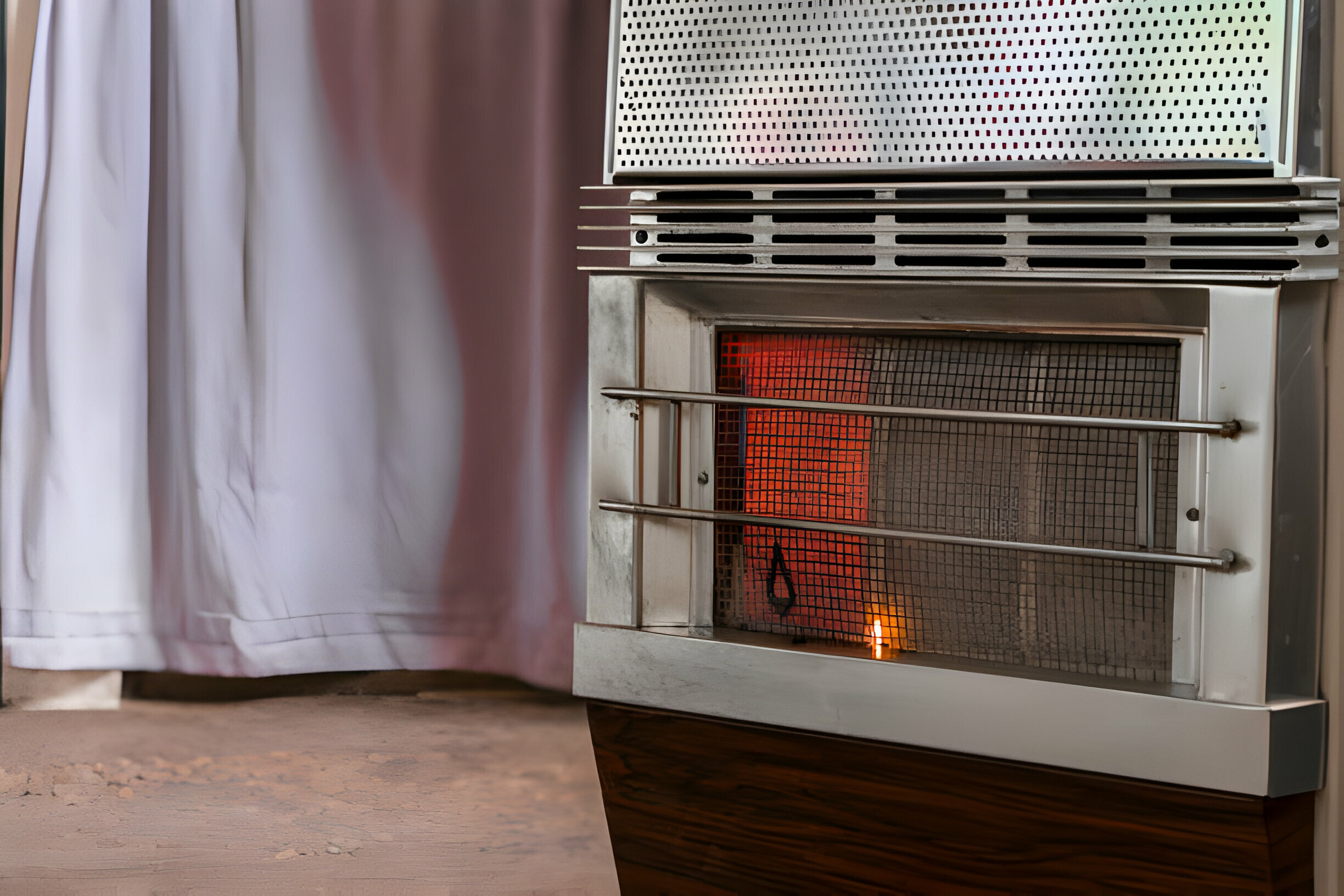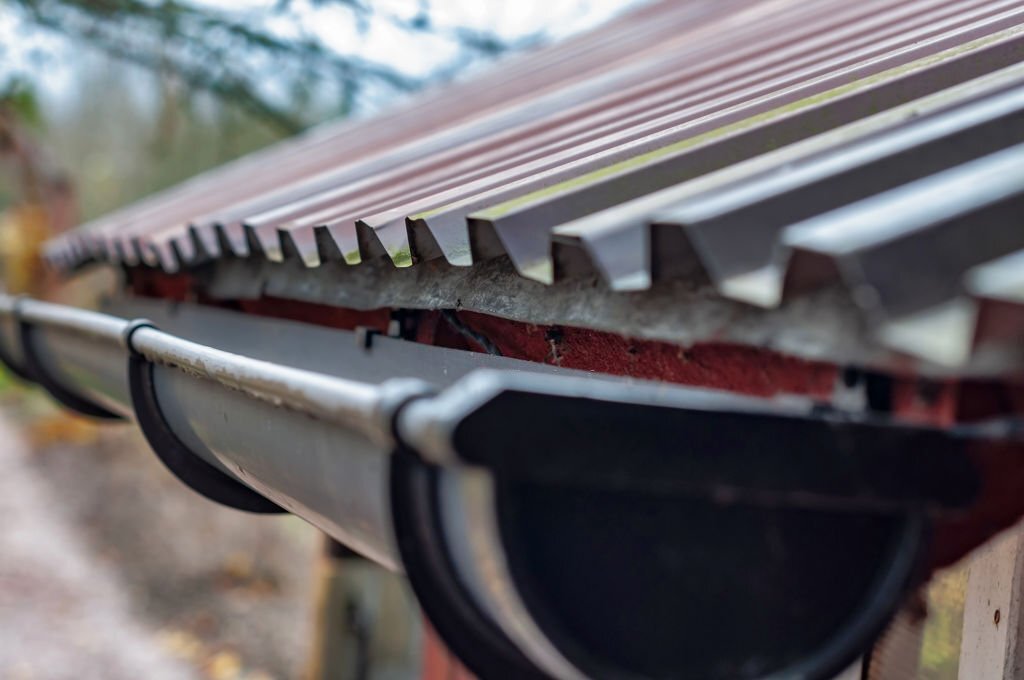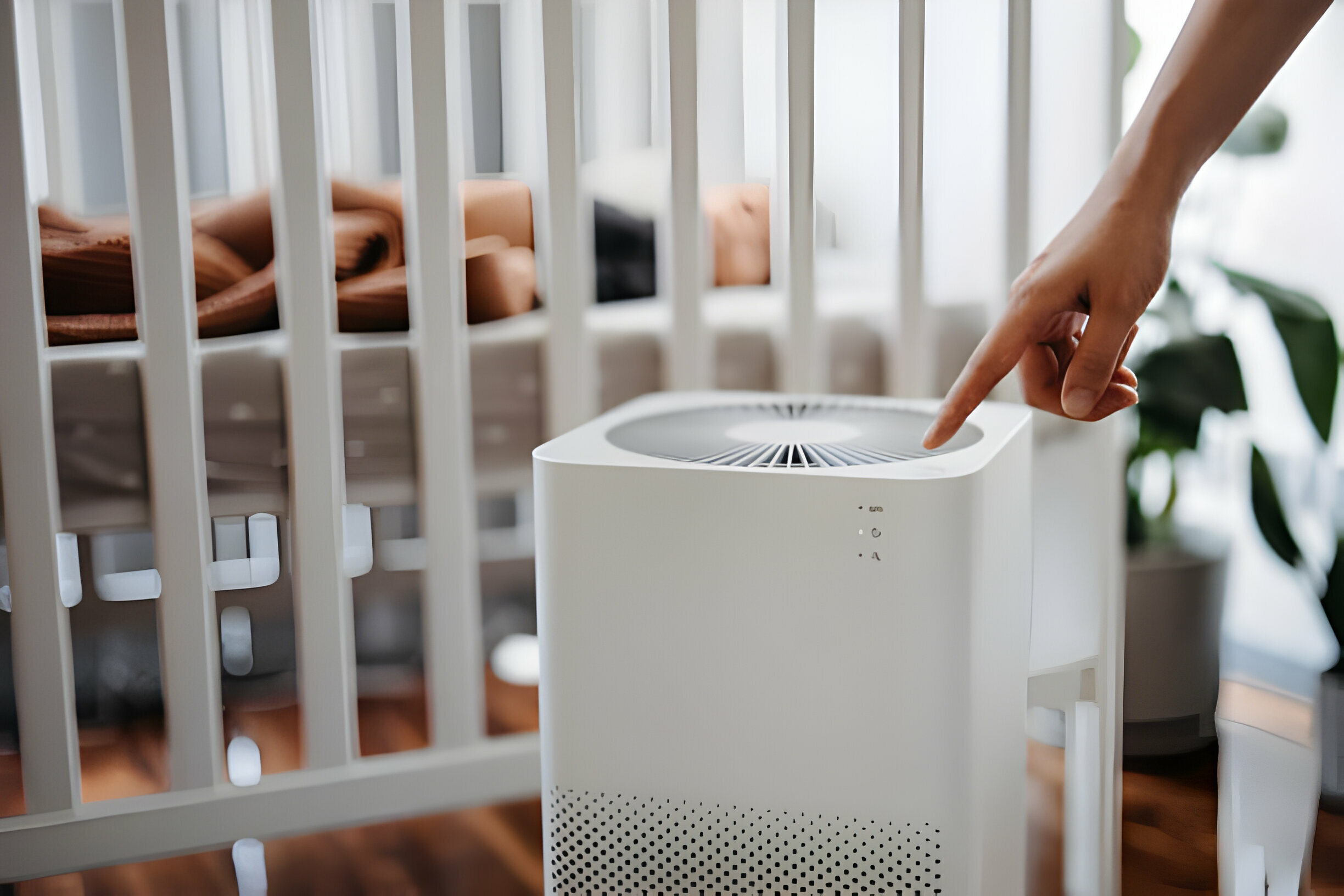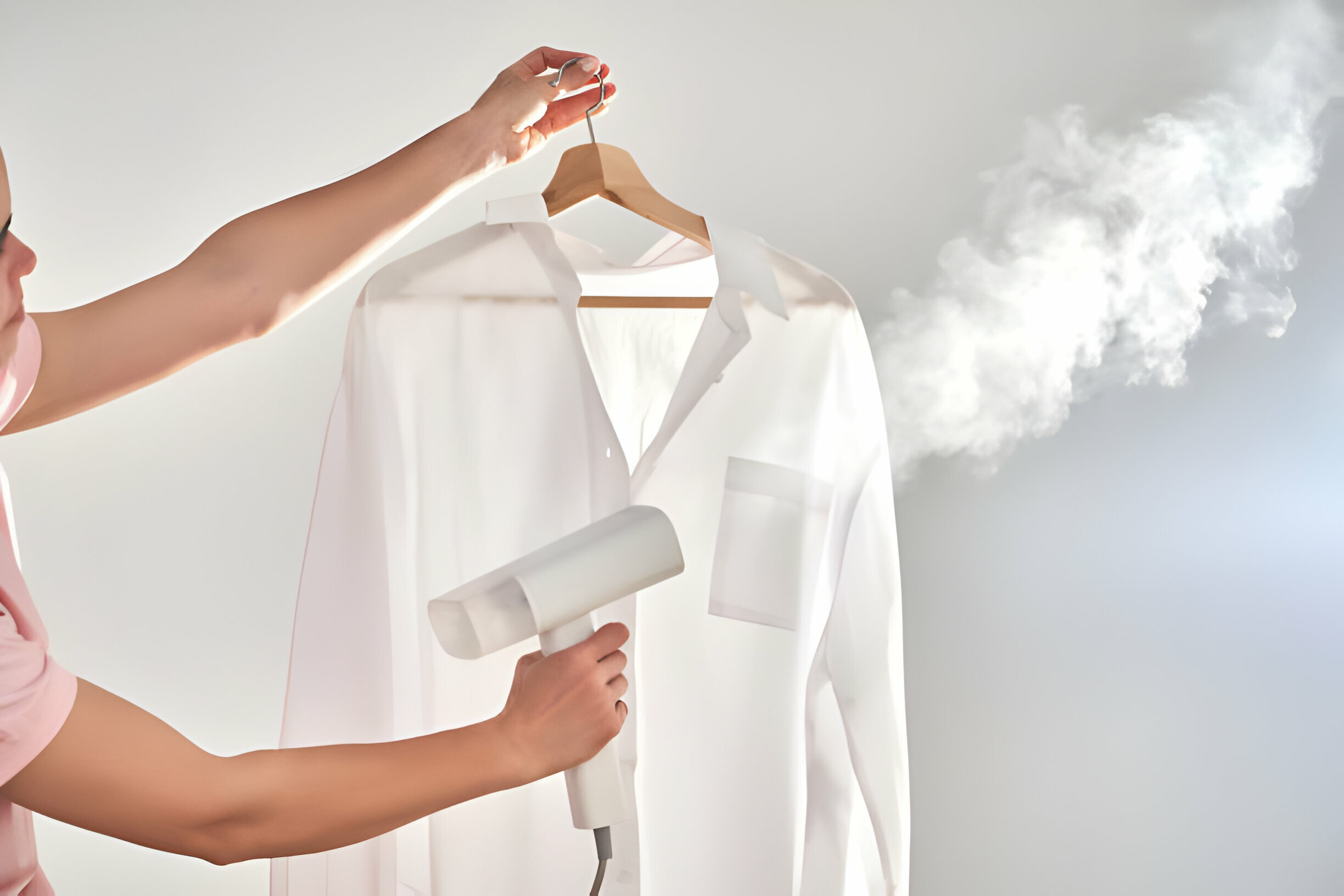Can You Use Propane Heater Indoors?
Propane heaters provide a convenient supplemental heating solution for indoor spaces when additional warmth is needed. They can heat areas that the central heating system does not adequately reach and provide emergency heat during power outages. Using propane heaters indoors requires taking proper safety precautions, as these heaters present risks of carbon monoxide poisoning, oxygen depletion, and fire hazards without proper ventilation and care.
This guide can you use propane heater indoors? will provide an overview of propane heater use indoors, including selecting the right heater, proper setup, ventilation requirements, regular maintenance, and emergency procedures. Following the safety considerations outlined here is crucial when operating propane heaters indoors to ensure the health and well-being of occupants.
A propane heater is a type of space heater that uses propane gas as a fuel source to generate heat. Propane is a flammable hydrocarbon gas that is commonly used for various applications, including heating homes, water heaters, cooking, and fueling certain types of vehicles.
Propane heaters are a type of gas heater that uses propane fuel to provide heat. There are two main types of propane heaters:
Ventless Propane Heaters
Ventless propane heaters, also known as unvented heaters, do not have a duct or chimney to vent exhaust gases outside. This makes them a popular portable option, as they can be used indoors without any special installation. Ventless heaters rely on burning propane efficiently to avoid excessive carbon monoxide output.
Vented Propane Heaters
Vented propane heaters are connected to ductwork that vents exhaust gases outside. This makes them safer for indoor use. Vented heaters are typically permanently installed and can come in handy during power outages when you need emergency backup heating.
Propane heaters have several common indoor and outdoor uses:
Portable Heaters
Small ventless propane heaters are extremely popular for portable supplemental heating. They can be moved from room to room or even outdoors as needed. Portable propane heaters are handy for heating workshops, garages, camping tents, outdoor events, and more.
Emergency Heating Solutions
Larger permanently installed propane heaters can provide emergency zone heating during power outages. Since they don’t rely on electricity, propane heaters can keep your home warm if the power goes out during cold weather. They offer an alternative to a generator.
Safety Considerations
Using propane heaters indoors presents some safety risks that need to be properly addressed. The primary hazards involve the potential for carbon monoxide poisoning or oxygen depletion.
Propane heaters consume oxygen as they burn, so operating one in an enclosed space can lower oxygen levels. At the same time, improper ventilation allows carbon monoxide to accumulate. Both situations are extremely dangerous.
Carbon monoxide is an odorless, invisible gas that can quickly lead to illness or even death with prolonged exposure. Symptoms such as headaches, nausea, and dizziness are common but often mistaken for other conditions. Having working carbon monoxide detectors is critical.
Adequate ventilation is the key to using propane heaters safely indoors. Different types of heaters have different ventilation requirements based on their design and BTU output. It’s essential to follow the manufacturer’s recommendations for the specific model you are using.
Ventilation provides fresh air circulation to prevent carbon monoxide buildup and maintain safe oxygen levels. For ventless models, doors and windows may need to be opened to allow air exchange with the outside. Vented heaters require proper installation of exhaust ducting to the exterior.
Periodically checking carbon monoxide monitors and being aware of the warning signs of CO poisoning and oxygen deprivation can also help maintain safety when using a propane heater indoors. But proper ventilation remains the first line of defense.
Selecting the Right Propane Heater
When selecting a propane heater for indoor use, it’s important to choose a model designed and certified for safe operation inside your home or office. There are a few key factors to consider when shopping for the right indoor propane heater:
Choosing a Heater Suitable for Indoor Use
- Look for safety certifications – Choose a propane heater certified for indoor use by organizations like CSA, UL, or OMNI. These certifications indicate the heater meets certain safety standards for indoor operation.
- Consider heater size and capacity – Make sure to select a propane heater appropriately sized for the room you want to heat. Oversized heaters can produce unsafe levels of heat and moisture indoors.
Understanding Features for Indoor Safety
- Oxygen depletion sensors – Many indoor-safe propane heaters have built-in sensors that detect drops in oxygen levels. The heater will automatically shut off if oxygen is depleted.
- Tip-over shut-off switches – Portable propane heaters should have tip-over safety switches that immediately shut off the unit if it gets knocked over. This prevents fires.
Choosing a propane heater designed explicitly for indoor use with the proper safety features is essential for preventing carbon monoxide poisoning, fires, and other hazards when heating your indoor spaces. Carefully read all specifications to ensure the heater you select is certified and equipped for safe operation inside.
Installation and Placement
Correct installation and strategic placement are critical when using propane heaters indoors. Always follow the manufacturer’s instructions carefully when setting up the unit. Check that all connections are secure, the tank is properly attached, and no parts are damaged. Ensure the heater is designed for indoor use and verify it meets current safety standards.
When determining placement, maintain adequate distance from people, furniture, curtains, and other flammable materials. Leave at least 3 feet of clearance on all sides and do not place near exits. Position the heater on a hard, level surface that cannot tip over easily. Do not put on uneven floors, near high-traffic areas, or in tight spaces. Check that the location allows for sufficient airflow around the unit. Avoid using in confined, poorly ventilated rooms.
With cautious installation and smart placement, propane heaters can be operated safely indoors. However, always monitor the heater when running and never leave it unattended. Usage should be limited to temporary, emergency heating situations. Continuous monitoring, adequate ventilation, and caution are essential.
Ventilation Measures
Proper ventilation is critical when using propane heaters indoors. Inadequate ventilation poses serious risks, including carbon monoxide poisoning, oxygen depletion, and excessive indoor humidity.
It’s essential to provide ample fresh air circulation when operating a propane heater. Open doors and windows as needed to allow fresh air flow. Avoid using propane heaters in confined, poorly ventilated spaces such as small storage rooms or closets.
The size and BTU output of the propane heater determine the necessary amount of ventilation. Always follow manufacturer recommendations for minimum room size and ventilation requirements. Use caution when using propane heaters in basements, which are prone to poor ventilation.
Monitor oxygen levels with alarms and do not allow them to drop below safe levels. Never block or restrict airflow around the propane heater. Keep the area around the heater clear to allow for proper ventilation and circulation.
Well-ventilated spaces like large rooms with high ceilings are best suited for the safe operation of propane heaters. Ensure exhaust gases can properly vent and dissipate. Running vented propane heaters with ventilation pathways blocked puts occupants at serious risk of poisoning.
Regular Maintenance
Regular maintenance is essential to ensure safe operation of a propane heater indoors. There are two key aspects of maintenance: checking for leaks and malfunctions, and cleaning and upkeep of the heater itself.
Checking for Leaks and Malfunctions
It’s critical to periodically inspect the propane heater and connections for any signs of leaks, damage, or issues with the unit. Some recommended maintenance tips include:
- Perform visual inspections of the heater before each use. Look for any loose connections, damaged hoses, or leaks.
- Conduct leak tests at least once a month. Apply leak detector solution or soapy water to joints and look for bubbles.
- Check that burner flames are blue and steady. Yellow or irregular flames can indicate a problem.
- Listen for any unusual noises or smells during the operation. This may signify an issue.
- Have a professional technician do thorough inspections at least annually. They can use advanced tools to detect small leaks.
- Any leak or irregularity with the heater should be addressed immediately. Discontinue use until the issue is fixed. Timely repairs will prevent dangerous situations.
Cleaning and Maintaining the Propane Heater
Regular cleaning and upkeep will keep the heater working safely and efficiently. Recommended maintenance tips include:
- Remove any dust, debris, or dirt from the outside of the unit, intake vents, and connection points. This prevents the buildup of combustible materials.
- Wipe down surfaces with a damp cloth to remove residue. Avoid harsh cleaners or getting moisture in openings.
- Inspect and clean the burners if needed. Remove any obstructions or blockages.
- Check and replace air filters if applicable. Dirty filters reduce airflow.
- Confirm all internal components are in good working order. Address any damaged or worn parts.
- Review the owner’s manual and follow any additional maintenance guidance from the manufacturer.
With periodic inspections for leaks and proper cleaning, a propane heater can be used reliably for indoor heating. Don’t neglect regular maintenance for safety.
Monitoring Carbon Monoxide Levels
Carbon monoxide (CO) is an odorless, colorless gas that can be deadly when inhaled. Using propane heaters indoors presents a risk of carbon monoxide poisoning if the heaters are not properly vented or malfunction.
CO binds to the hemoglobin in blood, reducing the body’s ability to transport oxygen. This oxygen deprivation can lead to headaches, dizziness, weakness, nausea, chest pain, confusion and, at high concentrations, death. Infants, children, pregnant women, the elderly and those with existing heart or respiratory conditions are most vulnerable to CO poisoning.
The initial symptoms of CO poisoning are similar to the flu and can easily be mistaken for other conditions. It is critical to recognize the signs as soon as possible. Install carbon monoxide detectors throughout the home according to the manufacturer’s recommendations. Choose detectors that meet current safety standards, such as UL 2034 or CSA 6.19. Test detectors monthly and replace them according to the expiration date.
If the carbon monoxide alarm sounds, evacuate the area immediately and call 911. Do not re-enter until emergency responders have determined it is safe to do so. Seek prompt medical attention if poisoning is suspected. Avoid using any combustion appliances until they have been thoroughly inspected.
Being aware of the risks and taking preventative action can help avoid tragedy. Proper use, ventilation, and monitoring are key to safely operating propane heaters indoors.
Emergency Procedures
Propane heaters can potentially leak gas or malfunction, creating an emergency. It’s crucial to understand the proper steps to take in these scenarios:
-
Evacuate the area immediately – The priority is to get everyone out of the vicinity of the propane leak. Don’t hesitate to leave the building and get to fresh air a safe distance away. Propane is highly flammable and you don’t want to risk an explosion.
-
Call emergency services – Alert the fire department about the propane leak. Make sure to give them the address and let them know if anyone is injured or still trapped inside. The fire department has the equipment and expertise to stop the gas leak safely.
-
Don’t re-enter the building – Don’t go back inside until emergency responders have contained the leak and cleared the area. Propane gas is invisible and odorless, so wait for professional confirmation that it’s safe to return.
-
Get medical help – If anyone inhales propane fumes or is exposed to carbon monoxide, seek medical attention immediately. Symptoms like dizziness, nausea, and headache could indicate CO poisoning. Don’t take chances with health after a propane incident.
-
Have a qualified technician inspect – Before using the propane heater again, have a certified gas technician thoroughly inspect it. They can detect the source of the leak, repair any damage, and ensure the unit is completely safe for continued operation. Don’t attempt to use a malfunctioning heater again without professional approval.
-
Consider installing detectors – After an incident, install propane and carbon monoxide detectors for added safety. These can alert occupants of a gas leak or high CO levels so prompt action can be taken. This provides an extra layer of protection.
Remaining calm but acting quickly in the event of a propane emergency can prevent injuries and save lives. Knowing what to do ahead of time is crucial preparation for anyone using a propane heater indoors.
FAQs
Can I use a propane heater meant for outdoor use indoors?
No, outdoor heaters lack safety features needed for indoor use, posing risks of carbon monoxide exposure.
Are all indoor propane heaters ventless?
No, some indoor propane heaters require venting to expel combustion byproducts like carbon monoxide safely.
What clearances should be maintained around indoor propane heaters?
Follow manufacturer guidelines; keep flammable items away to prevent fire hazards and ensure safe operation.
Do propane heaters emit an odor that signals a leak?
Propane is odorless, but a distinct odorant is added. Check for a propane smell if you suspect a leak.
Can I use an indoor propane heater in a completely sealed room?
No, always provide some ventilation; using a propane heater in a sealed room can lead to dangerous oxygen depletion.
Conclusion
Using propane heaters indoors can be an effective way to provide supplemental heat during the colder months. However, there are important safety precautions that must be followed to avoid the risks of carbon monoxide poisoning or oxygen depletion.
Throughout this guide, we have covered the key factors to keep in mind when using propane heaters indoors. Selecting the right heater, proper placement and ventilation, regular maintenance, and monitoring for leaks and carbon monoxide are all critical for safe operation. Ignoring these safety measures could have severe consequences.
It is important to read and follow the manufacturer’s instructions for your specific propane heater. Pay close attention to the recommended clearances from flammable materials and ventilation requirements. Only operate the heater in a properly ventilated area to allow for adequate fresh air circulation.
Install carbon monoxide detectors as an extra precaution. Monitor the detectors regularly and replace them according to the manufacturer’s recommendations. Know the symptoms of carbon monoxide poisoning so you can recognize them quickly.
Propane heaters can be very useful, especially in emergency heating situations. But they must be used responsibly and safely. Take the time to understand the risks and implement the proper precautions. Stay informed on the latest safety recommendations for propane heaters. With adequate awareness and education, you can securely enjoy the benefits of propane heaters indoors.
Monique Valeris
Monique Valeris is a prominent house editor with a keen eye for design and a passion for creating warm and stylish interiors. With a wealth of experience and a fresh perspective, she blends contemporary trends with timeless elements to create aesthetically pleasing and functional spaces. Valeris's editorial contributions extend beyond the printed page, engaging with her audience through various platforms to share insights and tips. Her ability to effortlessly blend different design styles and her dedication to promoting inclusivity within home aesthetics set her apart as a leader in the field.








